Hyundai i20 vs Peugeot 208 – erot ja hinnat vertailussa
Kustannukset ja kulutus
Hinnan ja tehokkuuden vertailussa erot tulevat usein selvimmin esiin. Tässä ratkaistaan, kumpi malli sopii paremmin budjettiisi pitkällä aikavälillä.
Hyundai i20 on hinnassa hieman edullisempi – sen lähtöhinta on 20300 €, kun taas Peugeot 208 maksaa 24100 €. Ero on noin 3830 €.
Myös polttoaineenkulutuksessa näkyy ero: Peugeot 208 kuluttaa 4.50 L ja on siten jonkin verran taloudellisempi kuin Hyundai i20, jonka kulutus on 5.20 L. Ero on noin 0.70 L /100 km.
Moottori ja suorituskyky
Teho, vääntömomentti ja kiihtyvyys ovat autoharrastajien klassisia mittareita – ja erot tulevat tässä hyvin esiin.
Moottoritehossa Peugeot 208 on selvästi havaittava etulyöntiasemassa – 156 hv verrattuna 100 hv:een. Ero on noin 56 hv hv.
Kiihdytyksessä 0–100 km/h Peugeot 208 on erottuva nopeampi – se saavuttaa 100 km/h ajassa 8.30 s, kun taas Hyundai i20 tarvitsee 11.10 s. Ero on noin 2.80 s sekuntia.
Huippunopeudessa Peugeot 208 on vähäinen edellä – se yltää 200 km/h:een, kun taas Hyundai i20 saavuttaa 183 km/h. Ero on noin 17 km/h.
Myös vääntömomentissa näkyy ero: Peugeot 208 vetää ilmeinen voimakkaammin, 270 Nm verrattuna 200 Nm:een. Eroa on noin 70 Nm.
Tila ja käytännöllisyys
Perheauto vai arjen kumppani – kumpi tarjoaa enemmän tilaa, mukavuutta ja käytettävyyttä?
Istuimet: tarjoaa enemmän istumapaikkoja – vs. .
Omapainossa Hyundai i20 on kevyt kevyempi – 1088 kg verrattuna 1165 kg:een. Painoero on noin 77 kg.
Tavaratilan koossa tarjoaa enemmän – verrattuna :een. Ero on noin .
Maksimikantavuudessa Hyundai i20 pärjää melkein huomaamaton paremmin – jopa 1165 L, noin 2 L enemmän kuin Peugeot 208.
Kantavuudessa Hyundai i20 on vähäinen parempi – 472 kg verrattuna 430 kg:een. Ero on noin 42 kg.
Kuka vie voiton?
Kokonaisuudessaan Peugeot 208 on hallitsee vertailua ja nappaa näin DriveDuel Champion -tittelin.
Se vakuuttaa tasapainoisemmalla kokonaisuudellaan ja on käytännöllisempi kumppani arjessa.
 @ Peugeot / Stellantis Media
@ Peugeot / Stellantis Media
Peugeot 208
Kustannukset ja kulutus
Näytä yksityiskohtainen analyysi
Moottori ja suorituskyky
Näytä yksityiskohtainen analyysi
Mitat ja kori
Näytä yksityiskohtainen analyysi
Hyundai i20
Hyundai i20 on fiksusti muotoiltu pikkukaupunkilainen, joka tuntuu huomattavasti viitseliäämmältä ajokumppanilta kuin sen kokoluokka antaa odottaa. Se sopii mainiosti arkeen: käytännöllinen, mukava ja helppo valinta niille, jotka haluavat yksinkertaista luotettavuutta ilman turhaa kikkailua.
Tiedot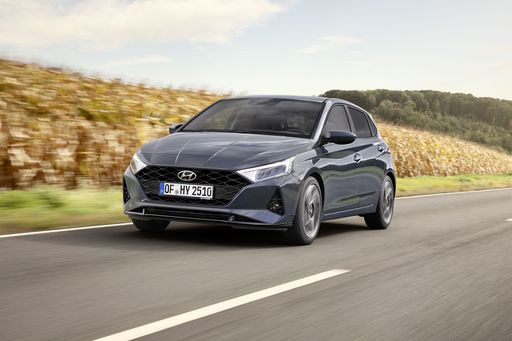 @ Hyundai Motor Company
@ Hyundai Motor Company
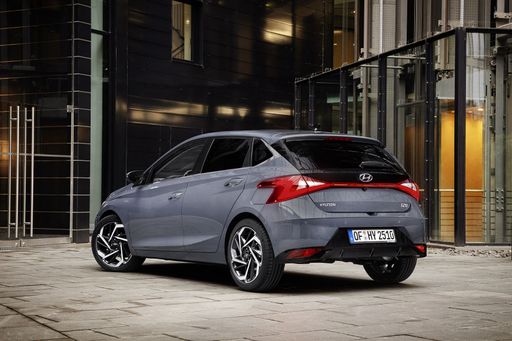 @ Hyundai Motor Company
@ Hyundai Motor Company
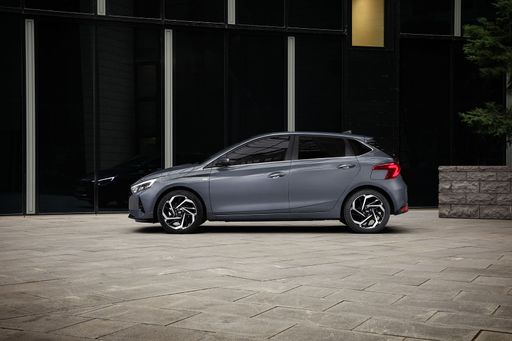 @ Hyundai Motor Company
@ Hyundai Motor Company
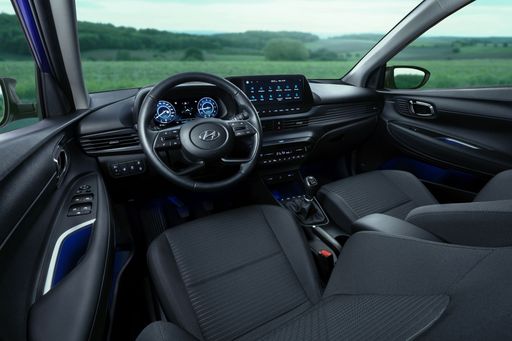 @ Hyundai Motor Company
@ Hyundai Motor Company
 @ Hyundai Motor Company
@ Hyundai Motor Company
Peugeot 208
Peugeot 208 on kaupunkiajoon viritetty, ilmeikäs pienikokoinen auto, joka erottuu terävillä linjoilla ja persoonallisella sisustalla. Ketterä parkkeeraaja tarjoaa yllättävää mukavuutta ja ajamisen iloa — erinomainen valinta kaupunkilaiselle, joka haluaa vähän särmää arkeensa.
Tiedot @ Peugeot / Stellantis Media
@ Peugeot / Stellantis Media
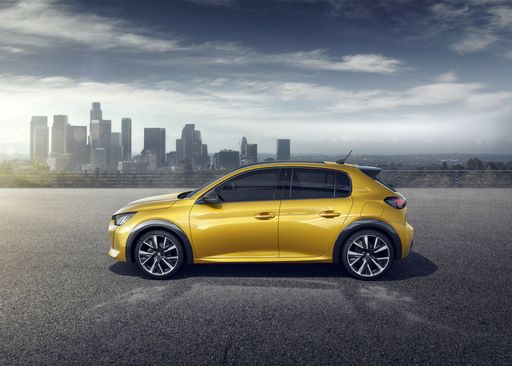 @ Peugeot / Stellantis Media
@ Peugeot / Stellantis Media
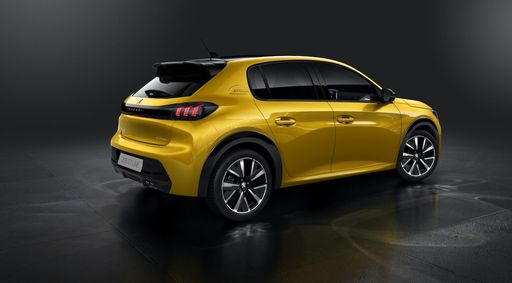 @ Peugeot / Stellantis Media
@ Peugeot / Stellantis Media
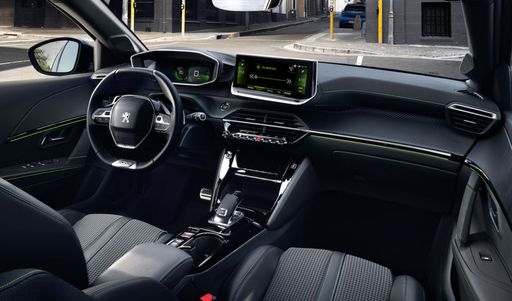 @ Peugeot / Stellantis Media
@ Peugeot / Stellantis Media
 @ Hyundai Motor Company
@ Hyundai Motor Company
|
 @ Peugeot / Stellantis Media
@ Peugeot / Stellantis Media
|
|
|
|
Kustannukset ja kulutus |
|
|---|---|
|
Hinta
20300 - 28000 €
|
Hinta
24100 - 41000 €
|
|
Kulutus L/100km
5.2 - 5.3 L
|
Kulutus L/100km
4.5 - 5.2 L
|
|
Kulutus kWh/100km
-
|
Kulutus kWh/100km
14.1 - 15.4 kWh
|
|
Sähköinen toimintasäde
-
|
Sähköinen toimintasäde
362 - 432 km
|
|
Akun kapasiteetti
-
|
Akun kapasiteetti
46 - 51 kWh
|
|
CO2
119 - 121 g/km
|
CO2
0 - 117 g/km
|
|
Polttoainesäiliön tilavuus
40 L
|
Polttoainesäiliön tilavuus
44 L
|
Mitat ja kori |
|
|---|---|
|
Kori
Hatchback
|
Kori
Hatchback
|
|
Istuimet
5
|
Istuimet
5
|
|
Ovet
5
|
Ovet
5
|
|
Omamassa
1088 - 1190 kg
|
Omamassa
1165 - 1530 kg
|
|
Tavaratila
352 L
|
Tavaratila
309 - 352 L
|
|
Pituus
4065 - 4075 mm
|
Pituus
4055 mm
|
|
Leveys
1775 mm
|
Leveys
1745 mm
|
|
Korkeus
1450 - 1455 mm
|
Korkeus
1430 mm
|
|
Maksimi tavaratila
1165 L
|
Maksimi tavaratila
1118 - 1163 L
|
|
Kantavuus
450 - 472 kg
|
Kantavuus
380 - 430 kg
|
Moottori ja suorituskyky |
|
|---|---|
|
Moottorityyppi
Bensiini
|
Moottorityyppi
Bensiini, Sähkö, Bensiini MHEV
|
|
Vaihteisto
Automaatti, Manuel
|
Vaihteisto
Manuel, Automaatti
|
|
Vaihteiston tyyppi
Kaksoiskytkin automaatti, Manuaalivaihteisto
|
Vaihteiston tyyppi
Manuaalivaihteisto, Alennusvaihteisto, Kaksoiskytkin automaatti
|
|
Vetotapa
Etuveto
|
Vetotapa
Etuveto
|
|
Teho hv
79 - 100 hv
|
Teho hv
101 - 156 hv
|
|
Kiihtyvyys 0-100 km/h
11.1 - 13.7 s
|
Kiihtyvyys 0-100 km/h
8.3 - 10.9 s
|
|
Huippunopeus
166 - 183 km/h
|
Huippunopeus
150 - 200 km/h
|
|
Vääntömomentti
113 - 200 Nm
|
Vääntömomentti
205 - 270 Nm
|
|
Sylinterien lukumäärä
3 - 4
|
Sylinterien lukumäärä
3
|
|
Teho kW
58 - 74 kW
|
Teho kW
74 - 115 kW
|
|
Iskutilavuus
998 - 1197 cm3
|
Iskutilavuus
1199 cm3
|
Yleiset |
|
|---|---|
|
Mallivuosi
2024
|
Mallivuosi
2023 - 2025
|
|
CO2-tehokkuusluokka
D
|
CO2-tehokkuusluokka
D, A, C
|
|
Merkki
Hyundai
|
Merkki
Peugeot
|
Mitä vetotapavaihtoehtoja Hyundai i20 tarjoaa?
Mallia tarjotaan Etuveto-versiona.
Näytetyt hinnat ja tiedot ovat arvioita, jotka perustuvat Saksan listahintoihin, ja voivat vaihdella maittain. Nämä tiedot eivät ole oikeudellisesti sitovia.
